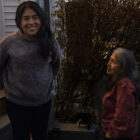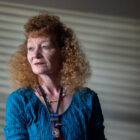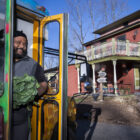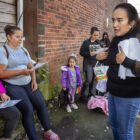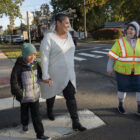I-Team In-Depth
It’s A Wrap
|
Thanks to everyone who read and supported the Conn. Health I-Team. Publication of new content stopped as of Dec. 31, 2022. Since 2010 C-HIT has published in-depth public service journalism on a range of topics, including systemic problems within the health care system, health disparities in chronic illnesses, inequities in health care access, barriers to care in under-served communities, including LGBTQ+. C-HIT put a spotlight on the financial relationships between drug and device companies and licensed practitioners, the plight of lead-poisoned children, consistently covered women’s health and veterans’ health, and launched a new feature, Generation Health, aimed at Gen Z and Millennials. To those who allowed us to tell their stories, I’m thankful. Your personal stories enriched ours.
